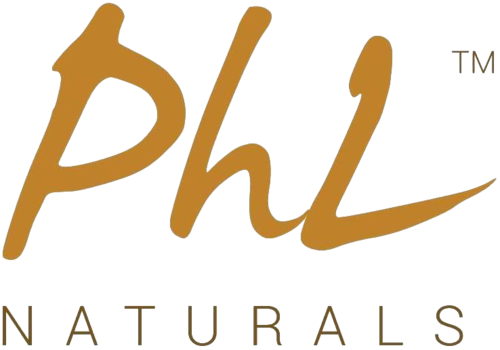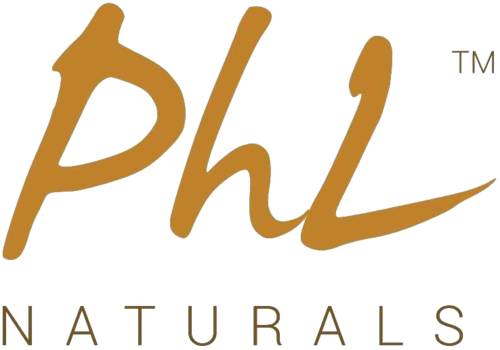Posts
You, Me, and Adult Acne: The Truth
You, Me, and Adult Acne: The Truth
Acne isn’t just for teenagers. In fact, some adults continue to get acne well into their 30s, 40s, and even 50s. And it’s not as rare as you think.
According to a 2012 study published in the Journal of Women’s Health, acne affects nearly 50% of all women ages 21 to 30, 25% of women ages 31-40, and 12% of women ages 41 to 50. So the reality is that no matter how old you are pimples could still be a part of your everyday life. The question is why?
Acne Basics
Before we get into why we get adult acne, it’s important to understand exactly what happens. There are three main types of acne:
- White Heads: This type of acne occurs when dirt, skin flakes, or cosmetics get into your skin pores. This then causes extra sebum to get locked in the hair follicle in a closed clogged pore, which transforms into a white head.
- Black Heads: Blackheads occur when dirt, skin flakes, or cosmetics get locked in an open pore.
- Cystic Acne: This type of acne happens when bacteria called Propionibacterium acnes infects your sebum and results in red, painful, full-blown pimples.
So, why does this happen? If it’s all about clogged pores, shouldn’t washing our face daily be enough to stop acne in its tracks?
Why We Get Adult Acne
The real problem of adult acne is that we don’t really know why it happens or how to combat it. Researchers admit that we simply don’t know enough about the causes of adult acne to find a treatment for everyone. Just like in your teens, adult acne can be caused by a number of issues.
-
Hormones: That’s right, we said it, just because you’re an adult doesn’t mean your hormones can’t still cause zits. Any type of hormonal imbalance can cause acne to rear its ugly head in the form of deep (painful) cystic acne around the chin, neck, and back. Women, in particular, deal with fluctuating hormones:
- around their periods,
- during pregnancy, peri-menopause, and menopause,
- after stopping or starting birth control pills.
- Stress: Researchers have found that stress and acne go hand-in-hand. When we stress, our bodies produce more androgens (a type of hormone). This hormone then stimulates oil glands and hair follicles, which can clog your pores and cause pimples.
- Pollution: Air quality has a big role to play in the health of your skin. Living in a city can mean that a simple walk outside could layer your skin with dirt, oil, and debris which are breeding grounds for zits.
- Family History: Unfortunately, some people have a genetic predisposition to get adult acne.
- Diet: Sugar raises your insulin level, which may boost oil-triggering male hormones. Carbs can also be a problem. In a 2007 study, Australian researchers found that people who followed a low-glycemic index (GI) diet experienced a 22% decrease in acne lesions. Even dairy products have been shown to influence acne severity.
-
Facial Products: The reason for your acne may be because you’re using the wrong products. If you’re prone to breakouts, you should carefully check all your skincare products and make sure they’re natural and non-irritating like PHL Naturals Sensitive Skin Hydrating Facial Cleanser. Look for skin care products labeled:
- Oil-free
- Non-comedogenic
- Non-acnegenic
- Water-based
- Sensitive Skin
Getting Rid of Adult Acne
Now that you know some of the reasons behind your adult acne, what can you do about it? Don’t worry. You don’t have to live with it forever, but that doesn’t mean it will be easy to get rid of. Still, there are a few things you can do to give your skin the best chance of being clear.
Use the Right Ingredients
Not all acne ingredients are created equal. If you want the strongest acne treatment, there are a few ingredients that are vital to success.
- Salicylic Acid: This is considered the goal standard of acne treatment. It works by gently exfoliating your skin to unclog pores, and it’s gentle enough to use on your whole face.
- Benzoyl Peroxide: This ingredient works by killing acne bacteria while also exfoliating your pores. However, it does have a few drawbacks; it’s not very gentle and can make your skin dry and irritated.
- Retinol: This vitamin A derivative is one of the most effective treatments for acne. Plus, our PHL Naturals Advanced Retinol Cream is also a great anti-aging moisturizer
Daily Skin Care
It’s vital that you clean your skin every day, and in the right way. We recommend following these steps:
- Wash your face no more than twice a day.
- Use cool or warm water.
- Use a gentle cleanser that contains salicylic acid.
- Use your hands or a baby washcloth to scrub for 30 seconds.
- Pat—don’t rub—your skin dry.
You should also consider an exfoliating treatment on a regular basis. We recommend an exfoliation treatment that uses glycolic acid, which targets both acne and wrinkles at the same time by removing dead cells on the surface of your skin.
Don’t Touch
Touching your face and picking at your acne is one of the worst things you can do. When you pop your pimples, you just end up spreading the bacteria to other parts of your face, which breeds new acne in a never ending cycle.
It’s especially important to never extract painful zits on your own. Cystic acne will leave a scare if you pick and prod. Instead, try taking an Advil and applying a warm or cold compress to take away the pain. Then, go see your dermatologist for a cortisone shot, the “true spot treatment” for painful cystic acne.
In the end, if you’ve been struggling with adult acne for years and you’re not seeing any improvement, it’s time to make an appointment with a dermatologist. Only a licensed professional can take a look at your skin and prescribe you with the best treatment option.



